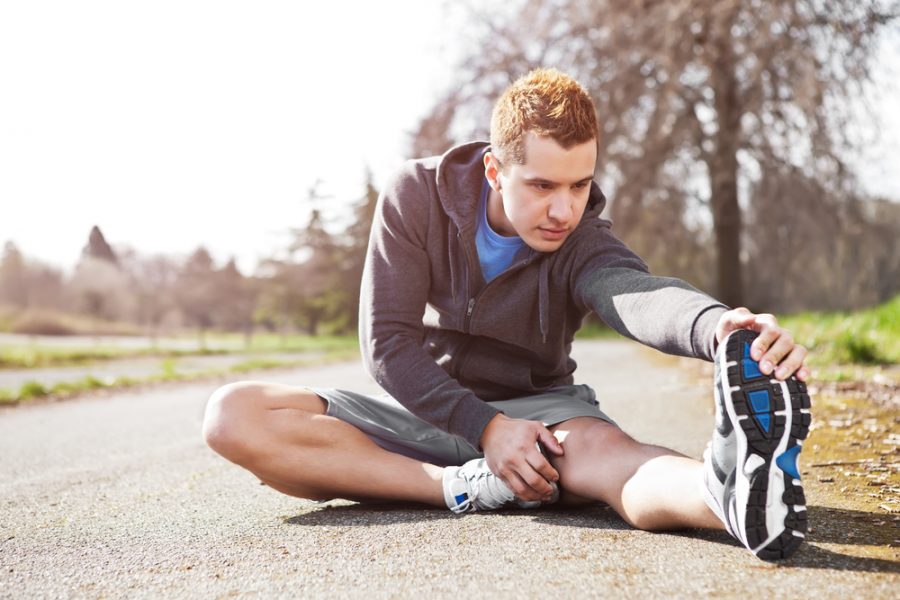The dramatic change in circumstances we’re dealing with as a nation – and indeed as a world – has some people trying formal exercise for the first time, or changing up their exercise routine so they can maintain their physical fitness during lockdown. If you relied on your local gym or swimming pool to keep in shape, or on walking, running or cycling to work, then you’ve lost your main source of exercise!
If you’re trying to a new form of exercise – or any kind of rigorous exercise at all – for the first time, there are a few things you need to be aware of. Today, we’re looking at them.
Warming Up
The warm up isn’t just for beginners – indeed, the more experienced an athlete is, the more important they know the warm up to be! Stretching is an important part of it, as is an ease into the activity you’re engaging in: going from your sofa to a five kilometre sprint is only going to cause you pain.
Identify the muscle groups you’re going to be working – different forms of exercise use different muscles – and prepare them: find the specific stretches that will get your body ready for the specific activity you’re going to be engaged in. There’s no such thing as a generic warm up, so find the one that’s right for you!
Keeping Hydrated
The one thing all forms of exercise have in common is that they dehydrate you. As you work your body, you raise your metabolism and increase your temperature. You raise a sweat. Over time, unless you take action, this can leave you dehydrated, your cells lacking not just water, but the vital salts they need to function. The best way to ensure quick rehydration is not to rely on water alone – as this only replenishes your fluid levels and does nothing for those important electrolytes. An isotonic sports drink or rehydration tablets tackle the whole problem, and leave you feeling better faster.
Cooling Down
No less important than warming up is your cool down period. Your muscles actually contract during exercise, becoming smaller and tenser as you work them. Just as going into intense exercise from a standing start is a bad idea, so is returning to complete rest directly from peak activity. Build in a period of slowing down – a brisk walk after your run, for example, to help your muscles return to their rest-state, and restretch those same muscles to help prevent stiffness, make sure you’re ready for next time faster.
